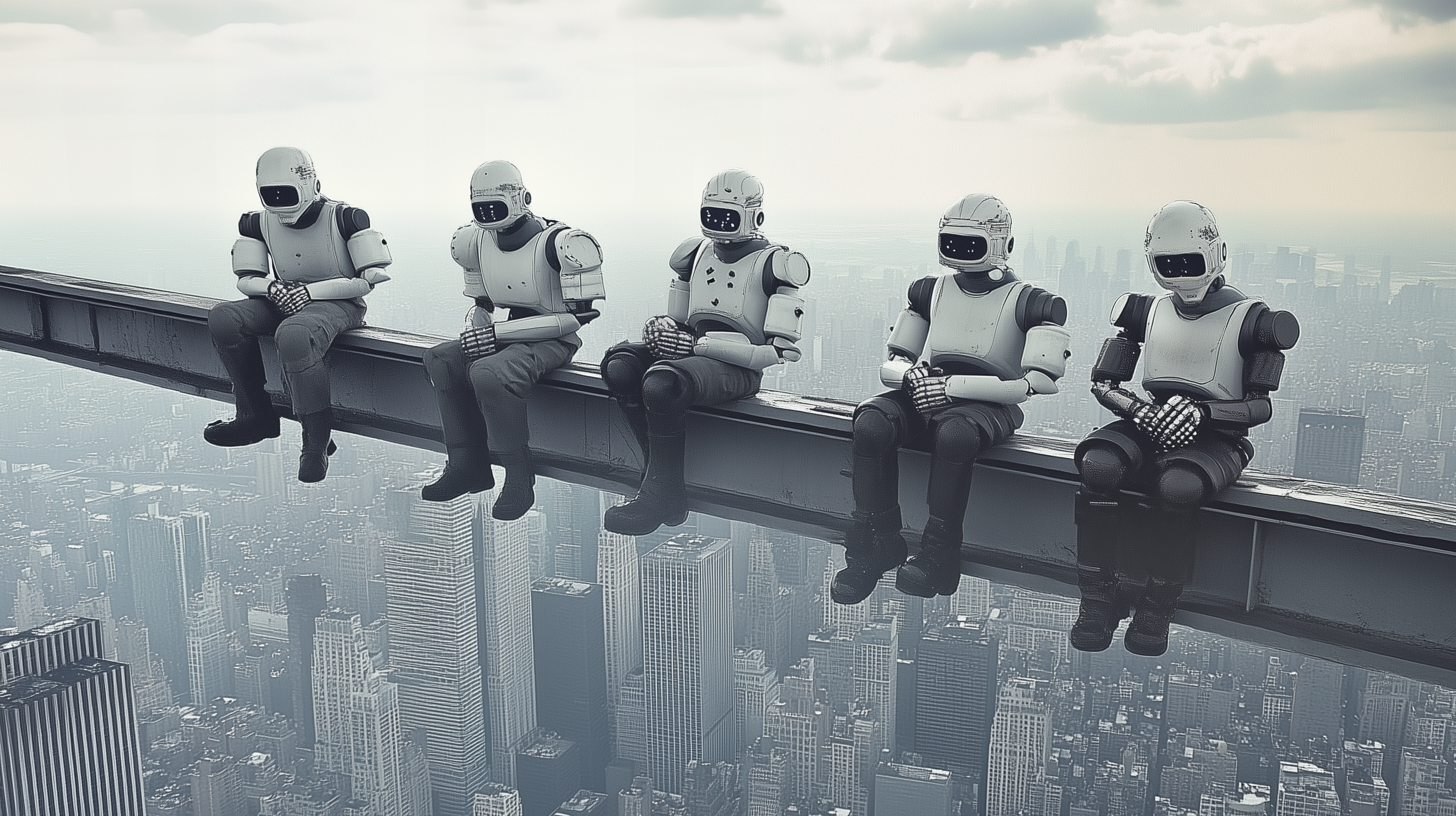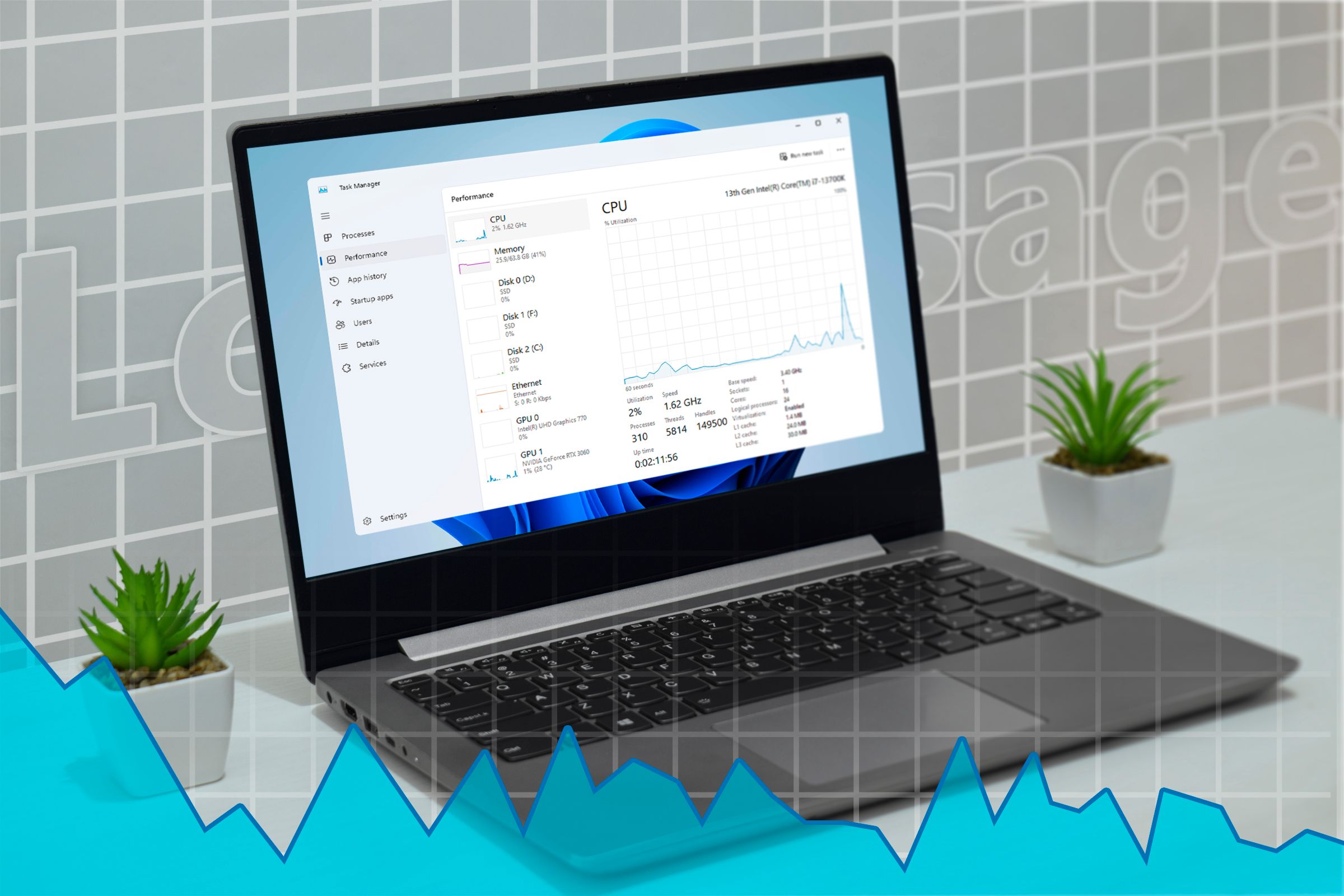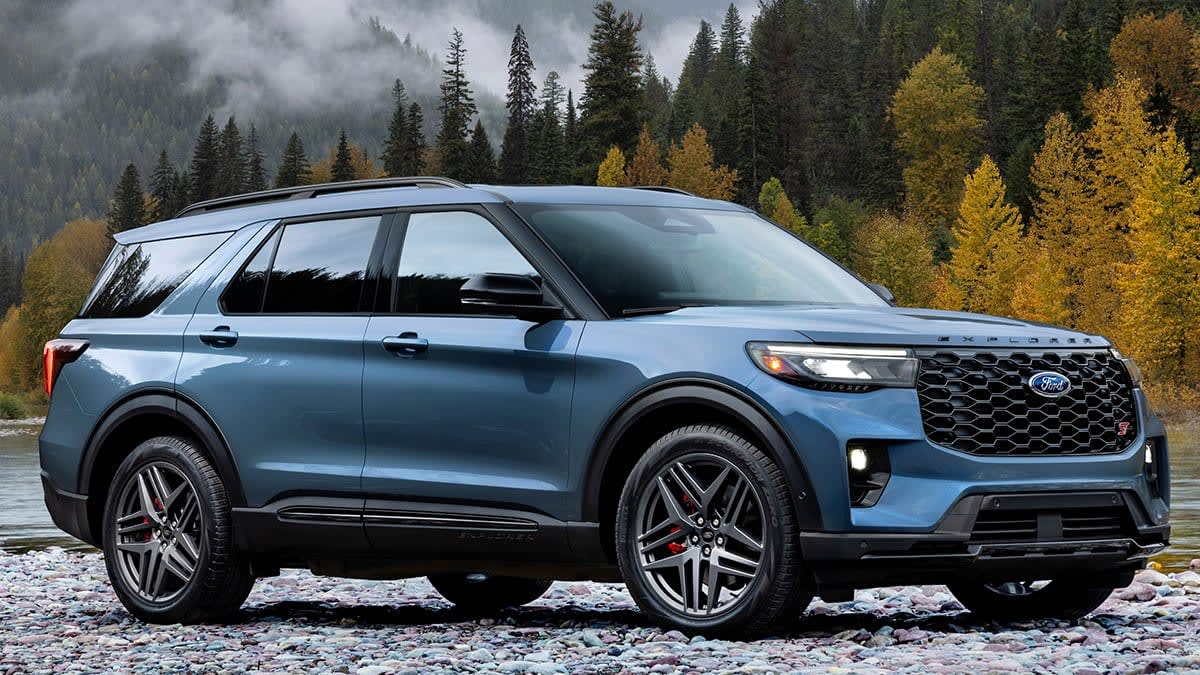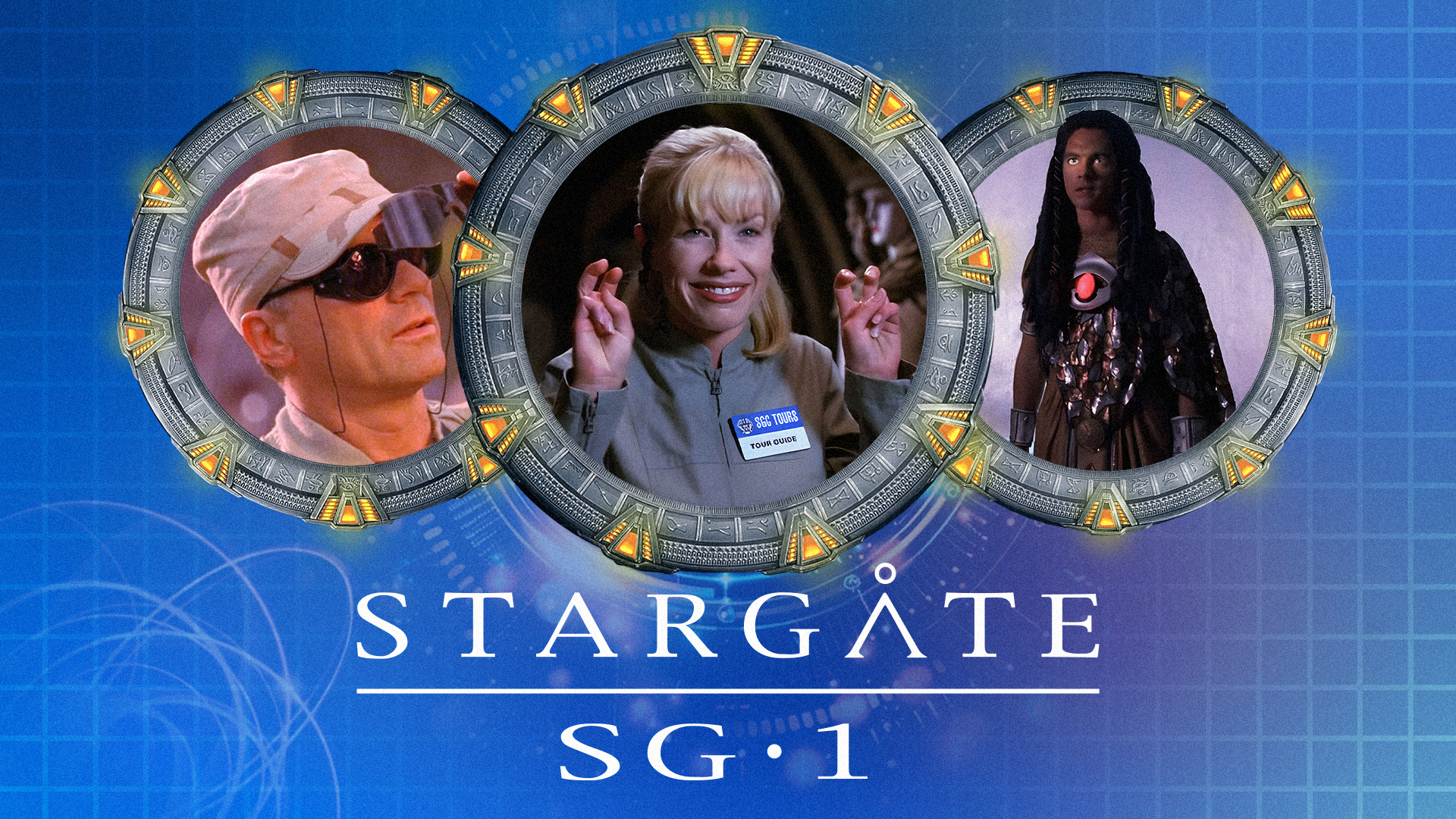
Summary
- Figure AI is revolutionizing robotics with Figure 02 bots and the Helix system innovation.
- The Helix demo shows impressive robot cooperation in a kitchen setting, showcasing their abilities.
- With Figure AI advancements, general-purpose robots may soon be accessible on the market.
It seems that the robotic revolution is in full swing now, and robotics companies are releasing new demos of their incredible bots relentlessly. Figure AI has been plowing away as well, and its “Helix” demo is impressive, until you stop to think about it, then it’s really impressive.
Figure’s Been Making Waves
Though I’d taken note of the company’s coffee training demo, I didn’t really sit up and take notice until it dropped a video showing chatbot integration with their robot. Check out this amazing clip.
Seeing it understand the environment, reasoning its way through requests, and then perform complex manual actions all at the same time was earth-shaking. It’s haunting to see it in action.
In August of 2024, the company introduced the second generation of its robotic platform in the form of Figure 02. This is a sleeker, more capable unit with just over two hours of runtime on a charge, and heaps of AI intelligence onboard.
You can also catch a glimpse of Figure 02 bots working in a BMW factory, as an experimental partnership between Figure AI and the famous German car company. The Figure bots do pick-and-place tasks that would normally be done by human beings. This is different from the big robotic arms that have been welding car parts together for decades, because the job is never quite the same twice.
This is why humans are necessary to set the parts for old-style welding robots, but thanks to the power of modern AI, the Figure bots can notice when something is a little out of place and correct for it.
Related
A Tragic Robot Shutdown Shows Why Local AI Is So Important
The body cannot live without the soul.
Helix Is an Impressive Demo On the Surface
This latest “Helix” demo shows us two Figure 02 robots in a simulated kitchen scene working together to complete a novel task.
Yes, people are already poking fun at how “slow” the whole thing is, but there’s no denying that, assuming Figure is being honest about the demo conditions, these two robots are working stuff out for themselves, and seamlessly cooperating with one another to fulfill the human’s request.
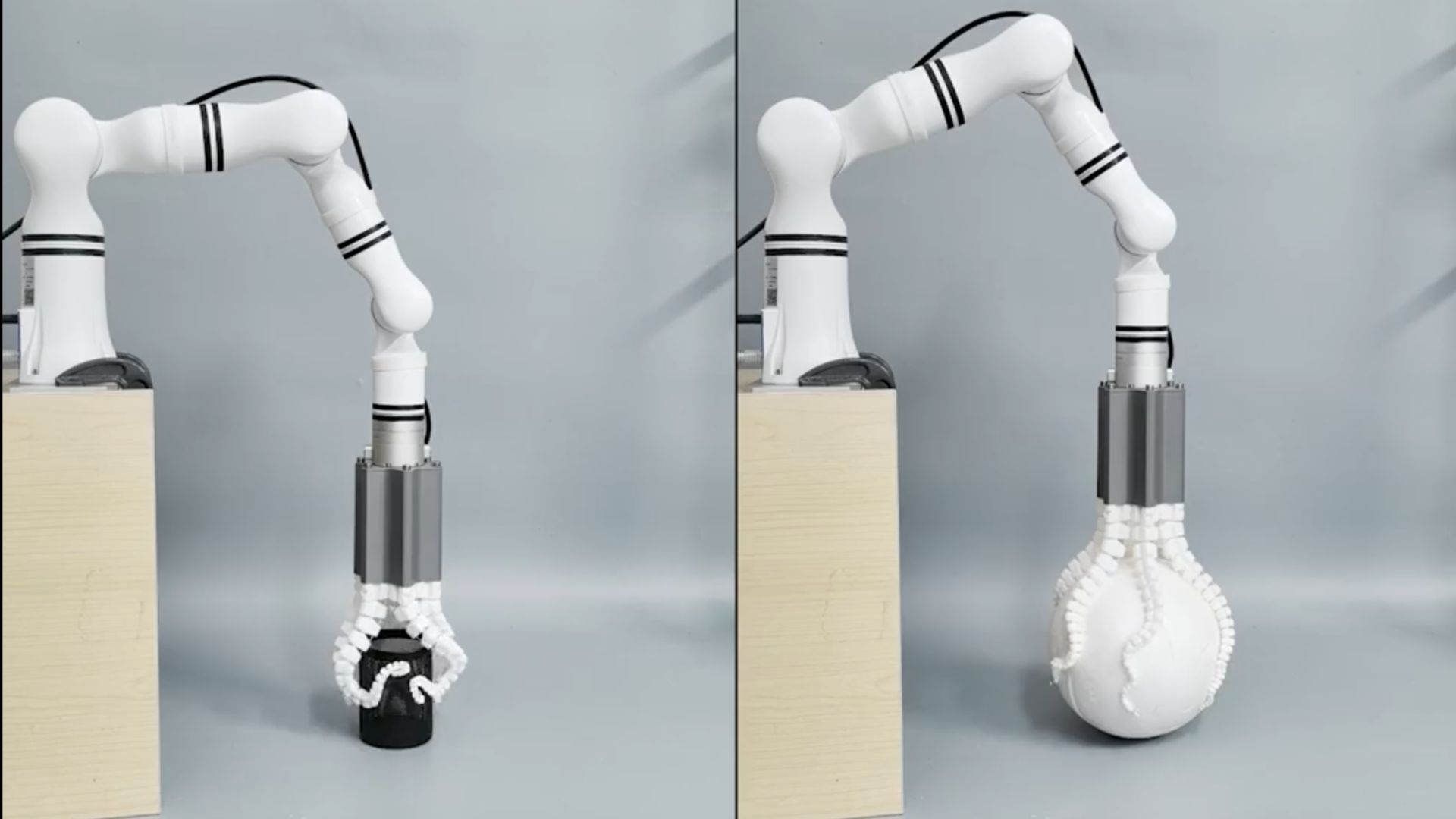
Related
Robotic Octopus Arms are Sort of Creepy, But Super-effective
OK, who had money on mecha-Cthulhu?
There Are So Many Hidden Problems to Solve Here
As a human, you might not think much about working with another human like this. You probably don’t even have to talk to each other for a task this “simple” and the end result will be more or less the same except much faster.
However, if you break it down into its components, this is a monumental task. Getting robots to dynamically hand each other things is hard, dividing up the work is hard. The Helix system builds on what Figure has already shown us and adds so much more. According to the company Helix:
- Provides full, continuous control of the robot’s upper body, from the major components down to the individual fingers.
- It can operate at the same time on two robots.
- With Helix, Figure robots can pick up any arbitrary object, not just pre-programmed ones.
- It’s all one neural network for all behaviors.
- It all runs using power-efficient onboard GPUs.
In other words, it seems the company feels about ready to start selling their worker bots, and we might be looking at the first generation of market-ready general purpose robots.
Robots Can Have a Cooperation Advantage Over People
It’s also interesting how the “cooperation” between the robots actually is more like one robot with one brain split across two bodies. It’s an ingenious way to cut right through so many challenges with getting two completely independent robots to work together.
I do wonder if this can be scaled to more robots, where a team of, say, four or five robots could work as one seamless whole. Splitting up to go do separate tasks and coming together for complex or heavy jobs without skipping a beat.
A strength of human workers is that we can form teams and work together, but there’s always some productivity overhead involved in a team context. If you have one entity with five bodies, a lot of that inherent teanmwork overhead would go away.
We’re Tantalisingly Close to General-purpose Robots
If Figure’s confidence is backed up by real-world performance, then it probably won’t be long before we see general purpose robots walking, rolling, and flying around doing all sorts of jobs. Ones that can understand us, understand the world around them, and solve novel problems when given a job to do.
Of course, I am sure that one of these humanoid wonders is fabulously, stupendously expensive, but as with most high-technologies that’s probably going to change rapidly over the coming years.
Source link


